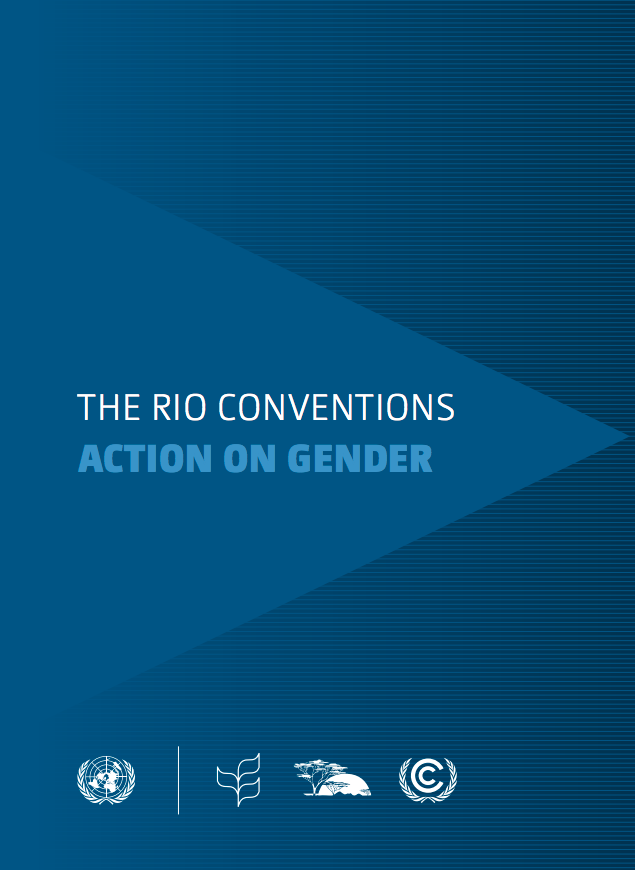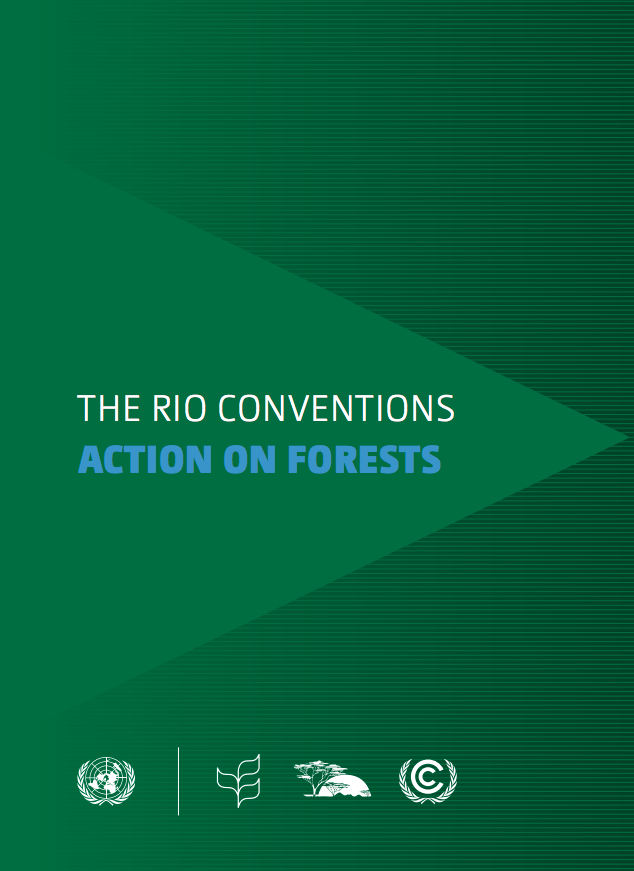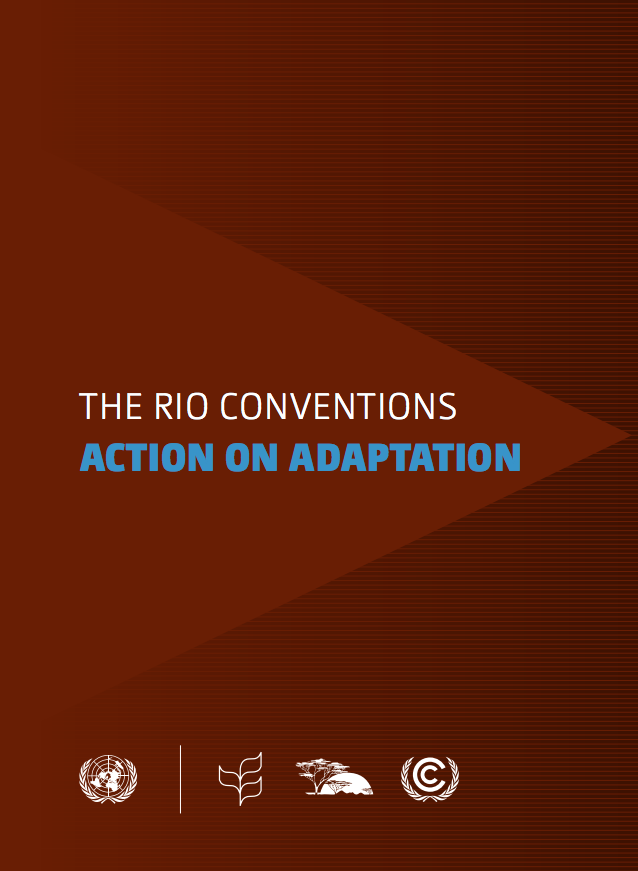Location
The UNFCCC entered into force on 21 March 1994. Today, it has near-universal membership. The 197 countries that have ratified the Convention are called Parties to the Convention.
The UNFCCC is a “Rio Convention”, one of three adopted at the “Rio Earth Summit” in 1992. Its sister Rio Conventions are the UN Convention on Biological Diversity and the Convention to Combat Desertification. The three are intrinsically linked. It is in this context that the Joint Liaison Group was set up to boost cooperation among the three Conventions, with the ultimate aim of developing synergies in their activities on issues of mutual concern. It now also incorporates the Ramsar Convention on Wetlands.
Preventing “dangerous” human interference with the climate system is the ultimate aim of the UNFCCC.
Members:
Resources
Displaying 1 - 5 of 7Metadata on SDGs Indicator 15.3.1
Indicator 15.3.1: Proportion of land that is degraded over total land area
The Rio Conventions: Action on Gender
The year 2012 marks the twentieth anniversary of the Rio Earth Summit, which resulted in the establishment of the three Rio Conventions: the Convention on Biological Diversity (CBD), the United Nations Convention to Combat Desertification (UNCCD ) and the United Nations Framework Convention on Climate Change (UNFCCC ).
The Rio Conventions: Action on Forests
The importance of forests in climate change, biodiversity and desertification/land degradation
Forests cover approximately 30 per cent of the Earth’s land surface and provide important ecosystem goods and services, including food, fodder, water, shelter, nutrient cycling, air purification, and cultural and recreational amenities. Forests also store carbon, provide habitat for a wide range of species and help alleviate land degradation and desertification.
The Rio Conventions: Action on Adaptation
The earth’s climate is changing at a rate unprecedented in recent human history and will continue to do so for the foreseeable future. The impacts and risks associated with this are global, geographically diverse and increasingly being felt across a range of systems and sectors essential for human livelihoods and well-being. The more severe and far-reaching the impacts of climate change are, the greater the loss of species will be, and the greater the deterioration of drylands and the risk of desertification and land degradation around the world will be.
Local communities and natural products: a manual for organising natural resource management groups for resource management planning, enterprise development and integration into value chains
Community-based natural resource management (CBNRM) is key to ensuring that local communities' livelihoods needs are met through the sustainable management of natural resources. Policies promoting CBNRM mean that government agencies, non-governmental organisations and other service providers are increasingly becoming involved in supporting these communities to form natural resource management (NRM) groups to make progress in areas of resource governance and realise its economic benefits through natural resource based enterprise.





